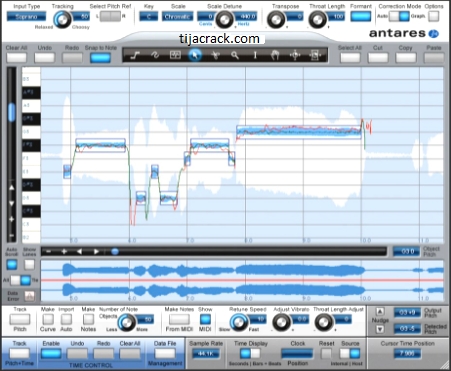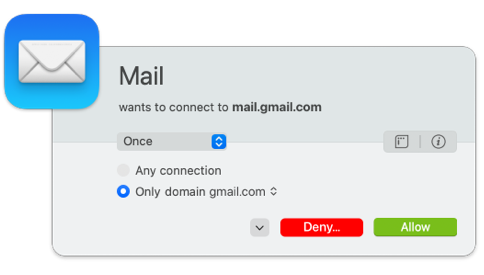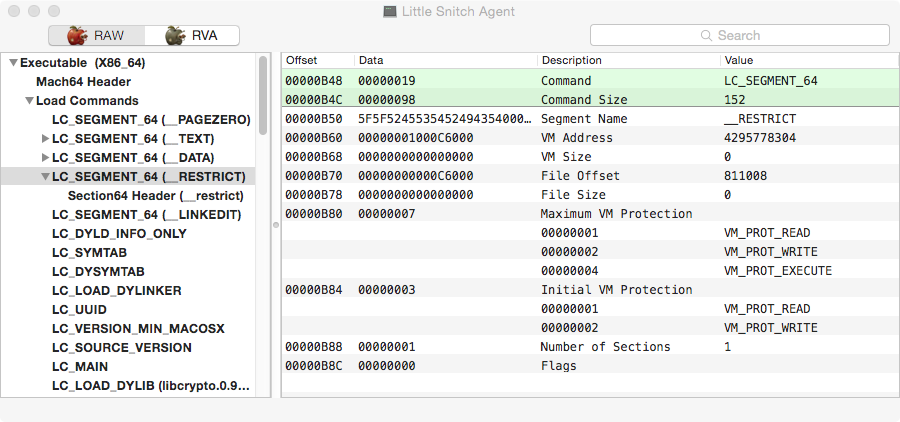Little Snitch 5 (coming soon)
Little Snitch Permission For Loading Videos

Some of the MacBook Pro models from mid 2010 have defective video RAM in their discrete graphics card. These computers have two graphics cards: one built-in to the CPU using standard system RAM and a separate discrete graphics processor (GPU) with dedicated video RAM. For each application, the operating system decides which of the two graphics cards is used.
Little Snitch Permission For Loading Screen



In addition, customers who purchased Little Snitch 4 within a one-year period prior to the final release of Little Snitch 5 (about this fall) will also get a free upgrade. And if you purchased Little Snitch 4 before that period, we will offer you an upgrade at a reduced price. Little Snitch is probably the best host-based application firewall solution for macOS app. I’ve been using it for quite a while but recently ditched it when I found a free alternative that equally works great. If you’re using the free version of Little Snitch, you have to deal with the fact that it automatically quits after every three hours.

Some operations in Little Snitch Network Monitor (especially the Map View) trigger a switch to the discrete graphics card. If defective RAM locations are touched this causes an operating system crash (kernel panic). You can distinguish this type of panic by looking at the panic log. It shows the graphics driver as the component initiating the panic.
Note that only a minority of the mid 2010 MacBook Pro models are affected. As far as we can tell, there is no way how Little Snitch Network Monitor could prevent the graphics engine switch.
If you are affected by this issue, do not open the Map View. Once the Map View has been opened, Network Monitor renders all graphics operations on the discrete graphics engine.